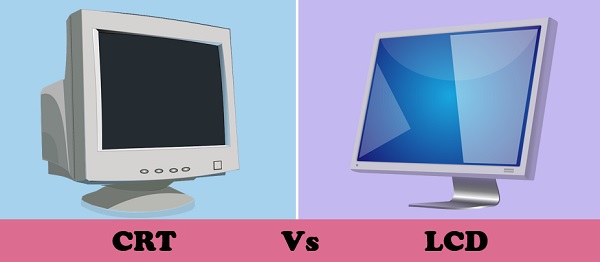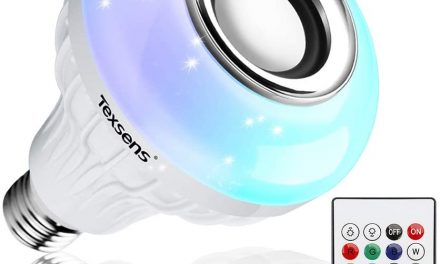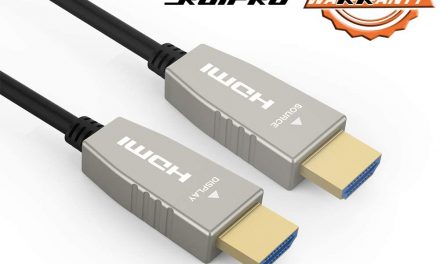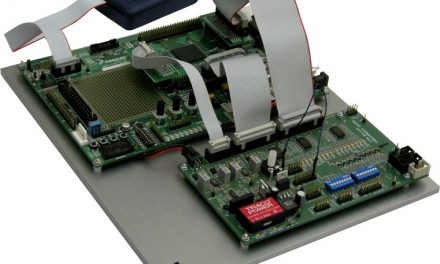Computer monitors are central to the user experience when using a computer. Everything else can be in perfect working condition but if the monitor is not then you virtually have no computer to talk of. Most people use computers being totally oblivious of how there are several different types of monitors. In this article we shall be looking at 3 different types of monitors – LED, LCD and CRT monitors. LED stands for light emitting diode monitor, LCD stands for liquid crystal display monitor and CRT stands for cathode ray tube monitor. We shall be looking at what differentiates LED, LCD And CRT monitors. We will look at how they function and then we will cover their advantages and disadvantages. By doing that we will be showing the differences between LED, LCD And CRT monitors.
Table of Contents
Their Features And How They Work
LED – Light Emitting Diode Monitor
For the LED monitor there is a semiconductor diode which gives off light i.e. backlighting. When the light hits the screen, visuals are formed. There are basically 3 main configurations used namely, full array, edge lit and direct lit. For full array, the semiconductor diodes are evenly distributed behind the whole screen. For edge lit, they are situated at the back of the screen. For direct lie, they are put directly behind the screen.
LCD – Liquid Crystal Display Monitor
The LCD screen is comprised of comprised of numerous pixels which can either be colour or monochrome. These pixels will be situated in front of a reflector or light source. Some of those components are glass plates, light crystals, a light source, a colour filter, electrodes, polarizing filters, and the display surface. The display works by having a liquid crystal fluid between two glass plates. The back glass is lined with a conductive film whereas the front glass is coated with the intended characters. Visuals are then displayed as a result of an electrical charge being applied in between the 2 glasses.
CRT – Cathode Ray Tube Monitor
A CRT has a vacuum glass, electron gun, deflection plates, and phosphorous screen. The electron guns (situated at the back) emit electron beams which are channelled towards the front. The phosphorous screen then emits light when struck by those electron beams. That is how visuals get displayed on a CRT monitor.
Key Differences Between LEDs, LCDs And CRTs
Display Quality
When it comes to black hues on display, LEDs produce them exceptionally well. The LED produces excellent quality when displaying visuals. When you are viewing anything using an LED you will notice there are no flickers. This is a great feature that eliminates the possibility of getting eye damage or strain. Overall, in terms of display LEDs are superior to CRTs and LCDs. The CRT produces the best shade of black when display visuals. Generally it is best suited for displaying visuals in grayscale. The surface area of the LCD display is convenient for an enhanced viewing experience. LCDs can produce very high resolutions. LCDs cannot produce or display black and white images. When light is dim then image flickering can occur for LCDs. CRTs are characterised by flickers when visuals are being displayed.
Power Consumption
An LED consumes significantly less power – especially when comparing to LCDs and CRTs. This is because the working mechanism of the LED does not require much electricity. LCDs come in second, after the LED, because they also consume not that much of electricity. CRTs consumer lots of energy especially in comparison to the LCDs and LEDs.
Eco-Friendliness
The design of LEDs does not employ the use of mercury. This is a good advantage especially in light of how important it is to use products that do not pose threats to environmental sustainability. LEDs exceed both CRTs and LCDs in this regard.
Heat Issues
LEDs are also characterised by very dissipation of heat. This stems from the fact they do not use lots of electricity thus incidences of overheating do not occur. LEDs also transcend CRTs and LCDs since these two are found wanting on heating issues.
Physical Size
An LCD monitor is usually quite compact i.e. it tends to be slim and light weight. This makes it easy to carry it around and install it anywhere. LEDs also are usually slim and lightweight with CRTs being the biggest and heaviest of these 3 types of monitors.
Health Risks
LCDs do not emit high doses of radiation which makes them less likely to cause any health damages on people. CRTs emit electromagnetic fields and X-Ray band radiation that can be injurious to human health. LEDs can cause health issues such as photosensitive epilepsy and retinal damage. LCDs can lead to issues such as insomnia and fatigue.
Durability
The CRT monitor is durable thus can last quite long. LEDs and LCDs are very delicate types of monitors which require careful use because they are highly prone to damage. Their lasting long in use is heavily dependent on responsible use. However, LEDs have average lifespans of 50 000 hours or 15 years.
Cost
CRT displays are the cheapest of the three thus making them accessible to anyone. The LED is the most expensive of the 3 followed by the LCD. LCD prices can range from US$100 to US$200. LEDs can cost anything from US$1000 upwards – no wonder they are not within the reach of many.
Peripheral Effects
The quality of the LCD display here is not consistent over time. Factors such as temperature and how long it has been in use have effects on its output. LCDs are highly susceptible to temperatures fluctuations. Very high temperatures or very low temperatures affect the smooth functioning of an LCD. A CRT can be easily affected by things like magnetic fields.
Responses Rates
A CRT monitor has a fast response rate whereas the response rate for LCDs is very slow. LEDs have the best response in comparison to the other two. Response rates are a big deal to gamers mostly. These are some of the key differences between LEDs, LCDs and CRTs monitors.





